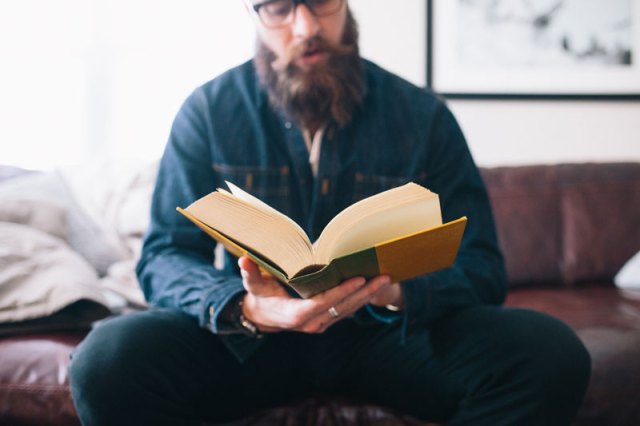Read:

60+ Fantastic Email Newsletters to Read and Share (Courtney Seiter for Buffer): I love email newsletters because they’re such an effortless and fun way to learn new things. And this list is especially awesome, since it spans so many topics: general news, tech, marketing, design, photography, sports, food and beverage, general interesting-ness, and self-improvement (i.e. a lot of the topics I represent as an agent)! I really do not want to confess how many of these I signed up for. Let’s just say it was more than 2 and less than 20.
How ClickHole Became the Best Thing on the Internet (Dan Kois for Slate): “But the Atlantic reports that [The Onion] plans more independent site launches in the ClickHole mode, and according to Quantcast, the online traffic-measuring tool, ClickHole’s traffic has mostly held steady between 10 million and 15 million page views per month. Like many websites, ClickHole’s had game-changing mammoth viral hits; in November about 7 million people read what I believe to be ClickHole’s masterpiece, “’90s Kids Rejoice! The Spider Eggs They Used to Fill Beanie Babies Are Finally Hatching,” in part because at least a few social-Web visitors worried the threat was real. And as ClickHole has grown, the site’s moved away from being a simple BuzzFeed parody; instead it’s become richer, weirder, a darker reflection of our own dark times.” Did any one else burst out laughing at the thought of spider eggs hatching in Beanie Babies? Way, way too good.
The Quick-and-Simple Guide to Getting Started with Video Content (Matt Aunger for Buffer): Video is a fabulous tool for connecting more deeply with your readers, because it creates an intimate, face-to-face, three-dimensional experience. (Why do you think Food Network stars, John Green, and other TV, YouTube, and movie stars manage to sell so many books?) Here’s the delightfully short guide to layering video into your existing platform without driving yourself nuts.
How to Repurpose Your Book or Blog Content for Profit and Promotion (Nina Amir on JaneFriedman.com): “As an author who has just produced or may be in the process of producing amazing amounts of content, you have a great advantage: You can turn all that content into money-making products. These ‘information products’ can provide you additional income and a business that revolves around your book. This strategy also works for long-time bloggers who are often sitting on as much information as a book would contain.”
Eat & Drink:
Over to Jarrett, for this gloriously delicious drink:




